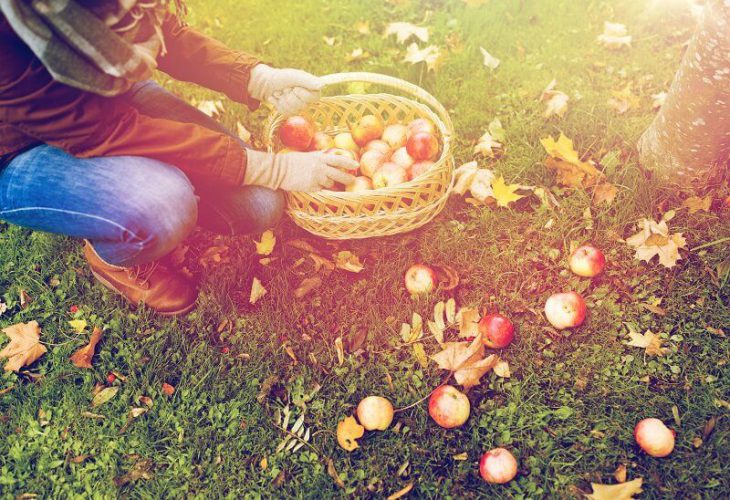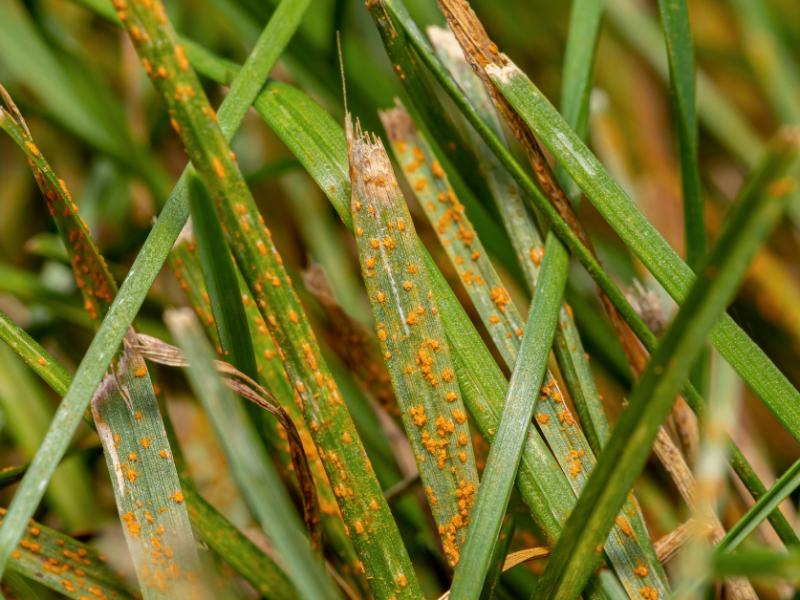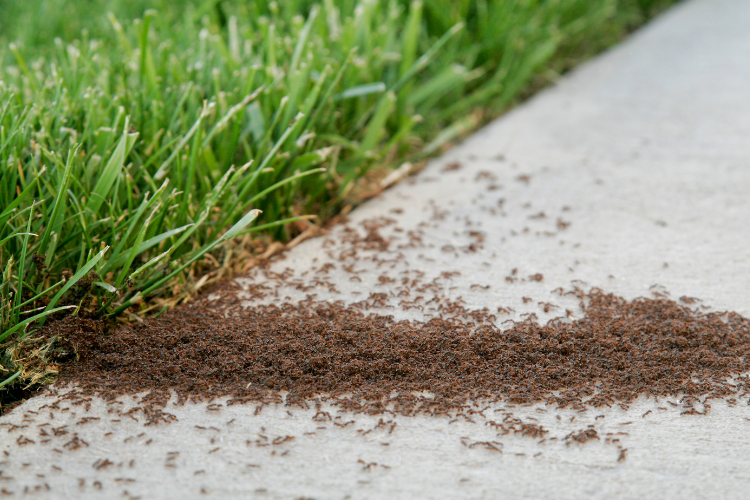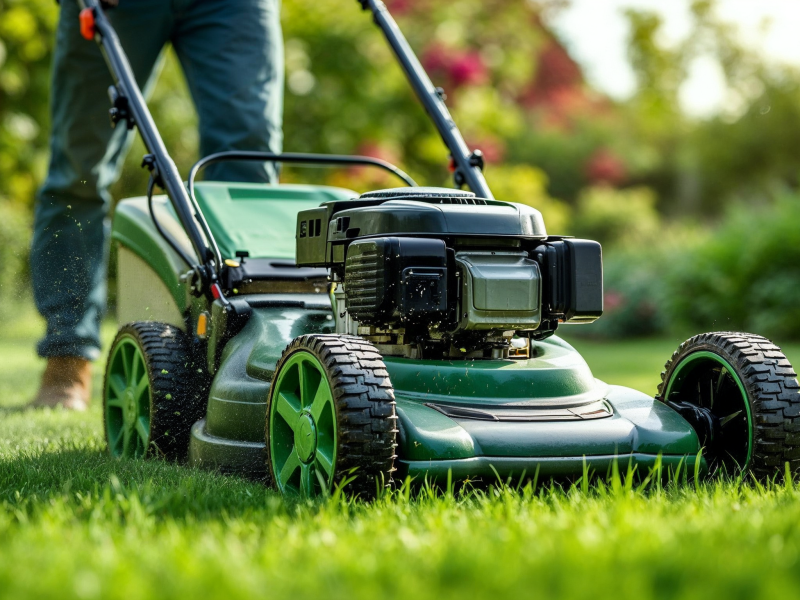There’s loads to be doing in September with so much fruit and veg that can be harvested this month, as well as preparing other plants for autumn and the winter ahead. Read our list of September gardening jobs so you know what to look out for this month.
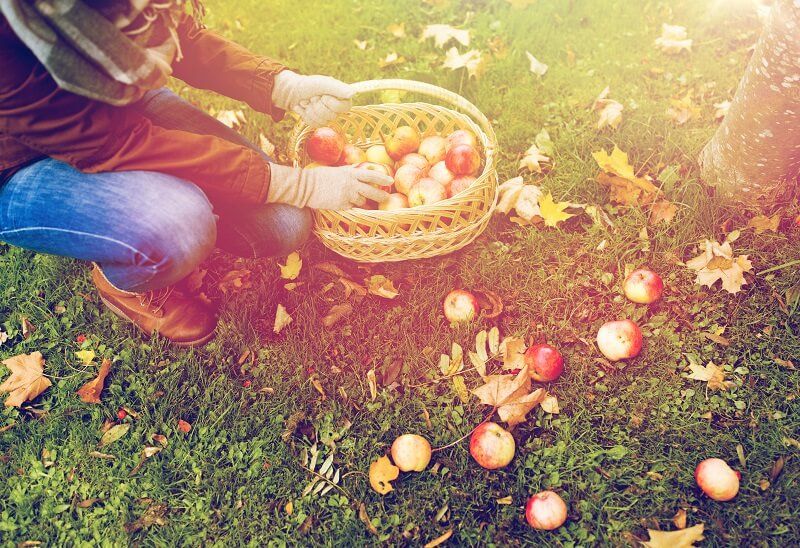
Lawn
Overseeding — It’s the perfect time of year to plant new grass seeds over your lawn to make it thicker, greener and more lush for next year. With cooler temperatures and more moisture, grass seeds have a much better chance of establishing during September and early autumn than at other times in the year.
Mowing — Keep mowing your lawn to ensure it stays neat and tidy. Grass growth will eventually slow down as it gets colder, but it’ll still be growing a lot throughout this month!
Aeration — To avoid compaction and waterlogging into autumn and winter, take the opportunity now to aerate your lawn through hollow tine aeration. This will help keep your garden healthy even as temperatures drop and the ground hardens.
Autumn Treatment — Book an autumn lawn treatment from Greensleeves, which involves feeding your grass with a specialist fertiliser designed by us to give your grass what it needs this autumn.
Fruit and Vegetables
Harvest — September is a big month for harvesting loads of different fruit and vegetables including:
- Beans
- Peas
- Onions
- Apples
- Plums
- Tomatoes
- Courgettes
- Potatoes
Tomatoes — If your tomatoes haven’t ripened yet, remove some of the leaves so the sun can get to the fruit. This will help make sure they ripen and can be harvested during September.
Courgettes — Keep on top of harvesting courgettes, especially if you have a lot of them as they can quickly turn to marrows if you’re not watching!
Apples — Apples will start being able to be harvested in September. To know if a fruit is ready to be picked, lift it in the palm of your hand and twist it slightly. If the fruit falls away easily then it’s ready.
Pear trees — Pears will continue ripening throughout September and you’ll start being able to harvest them. To test if the fruit is ready, lift it in your palm and give it a slight twist. It should fall away easily.
If you’ve got a bumper crop, be careful that the weight of the fruit doesn’t threaten to break any tree branches. It is sometimes worth cutting off some fruit to save the whole branch.
Potatoes — Once the leaves of potatoes begin to change colour, cut away the foliage and leave the potatoes in the ground for 1-3 weeks before digging them up. Store them in a cool, dark place in hessian sacks so they can breathe. Be sure to only store dry, healthy potatoes that don’t have tubers or signs of rot.
Pumpkins — will ripen for Halloween if you remove some of the leaves that prevent sunlight reaching the fruit. It can be a good idea to lift them off the ground with brick or wood to prevent rotting.
Beans and peas — Once you’ve finished harvesting beans and peas, cut the plants away but leave the roots in the ground. As they rot, they release nitrogen into the soil.
Flowers
Plant spring bulbs — Plant spring-flowering bulbs like hyacinths and daffodils now to ensure you get a beautiful display next year!
Water — camellias and rhododendrons if there’s not much rain to keep them healthy now. This will mean lots of buds develop next year.
Deadhead — roses, penstemons and dahlias to keep them flowering for as long as possible.
Prune Roses — Both climbing and rambling roses should be pruned once they’ve finished flowering.
Around the Garden
Net ponds — Net your ponds now to prevent them from becoming clogged with autumn leaves when they start to fall.
Close greenhouse vents — in the afternoon to trap heat inside overnight. This will help your plants to produce crop for longer. You should also water as early in the day as possible to ensure that the greenhouse isn’t damp overnight which can encourage botrytis.
Remove greenhouse shading — If your greenhouse has shading, remove it now to help plants get as much light as possible.
Raise pots — Use bricks to lift pots of the ground to prevent waterlogging.
Create compost bins — in preparation for autumn leaves and other garden waste. Read our handy guide to composting for more information!

